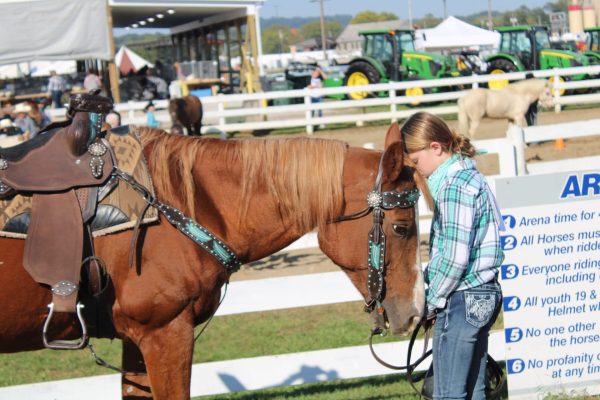Is Disposition Linked To Descent?
Siblings are…well…they are always present.
Generally poking their nose into your business or providing smug comments. They can provide a sense of tribe in a household and make it feel like a zoo. Parents make you huddle together to get the first day of school pictures although being an only child may make this scenario more awkward.
Alfred Adler noticed a pattern from family to family in the way children behave depending on their chronological order. He developed a theory that, in summary, claims that traits that kids develop are caused by the order in which they are born. There are obvious exceptions such as gender, age gaps, and countless other factors. These observations became stereotypes that you can find in the sibling dynamic of fictional characters, but how do they hold up compared to real-life examples?
A personality that most are familiar with is the only child. In films, they are overly spoiled and demanding. Growing up without siblings meant that they earned almost the full attention of their parents. According to Alder’s theory, this meant that they would become extra reliant on parents and adult figures. It is also likely that they develop traits such as pride, sensitivity, and dependability. Interestingly, they are also known to become linguistically mature after spending a majority of their home life around adults. This description is quite accurate based on examples from my own life. Do the only children in your life have these characteristics?
The youngest sibling is often envied by their older brothers and or sisters. They can be spoiled on a similar level as an only child is. As siblings grow up around them their parents may turn their attention towards the baby of the family as someone they can keep under their wing. Alfred Alder’s theory says that last borns are competitive, outgoing, creative, and used to being underestimated. He also theorized that they become slightly irresponsible and self-centered from years of being extremely nurtured, but at the same time grow up at a faster rate to catch up to their older siblings. To compare this description to my own youngest sibling it is spot on. He is an ambitious and successful basketball competitor, extraverted around everyone and very dependent on parental assistance.
Middle children are also quite archetypical. Based on this theory, in the media, kids with an even amount of siblings on either side of them are portrayed as overlooked, reserved, and hand-me- down receivers. But to take a closer look at Adler’s interpretation of the typical middle child he characterized them as having a negative perspective on home life, trying to find their place in the family, and lacking attention. They are also not given the respect earned by the oldest sibling but are also left out of the special attention given to the youngest child. This treatment makes them independent.
As someone with a middle child title this description is generally rather accurate.
The top dog in a house with multiple children is the oldest of them. They are looked up to by their little siblings. Alder believes that they are usually type A people. They work for high achievements and are naturally good at taking the lead. Depending on how old they were when the second child came along they may have felt pushed to the side. This could have led to constant ploys for attention. The oldest sibling in my family confirms “I have been a leader on multiple occasions from sports teams to coaching to teaching due to birth order because you have your younger siblings looking up to you”
This theory is well researched and fleshed out enough to still be surprisingly accurate to the typical family. Sibling dynamics are fun and you end up with many childhood stories.

Emma is a second-year Crimsonain sophomore. She fills her spare time with art and is academically passionate about language arts. Her hope for the future...






